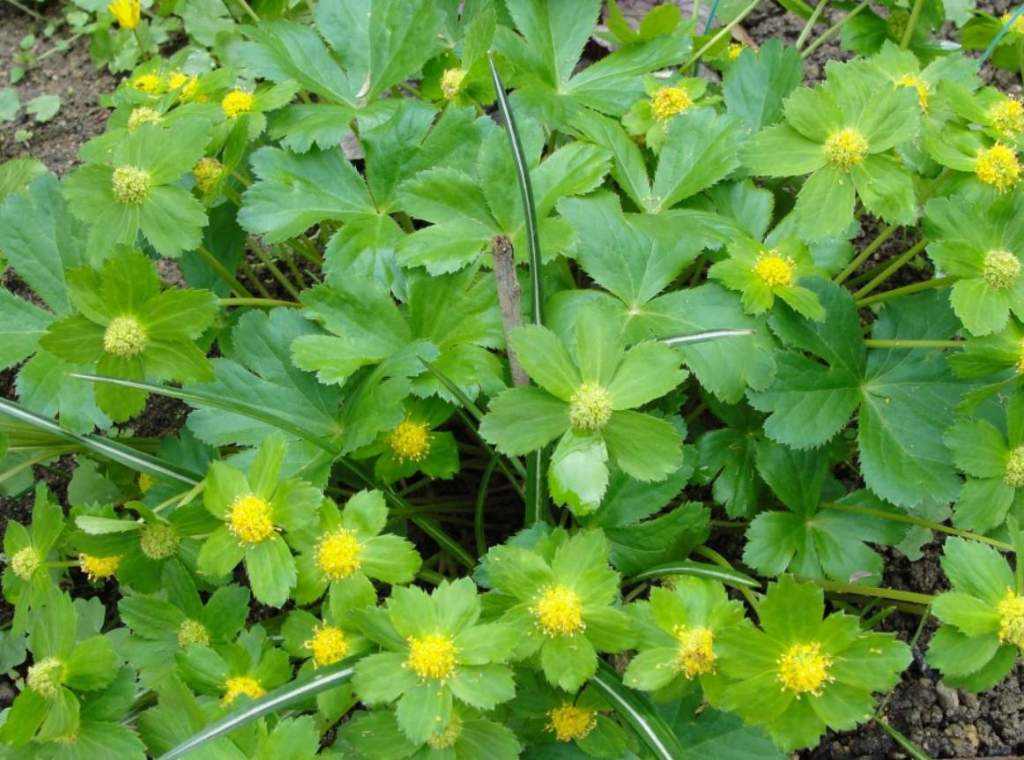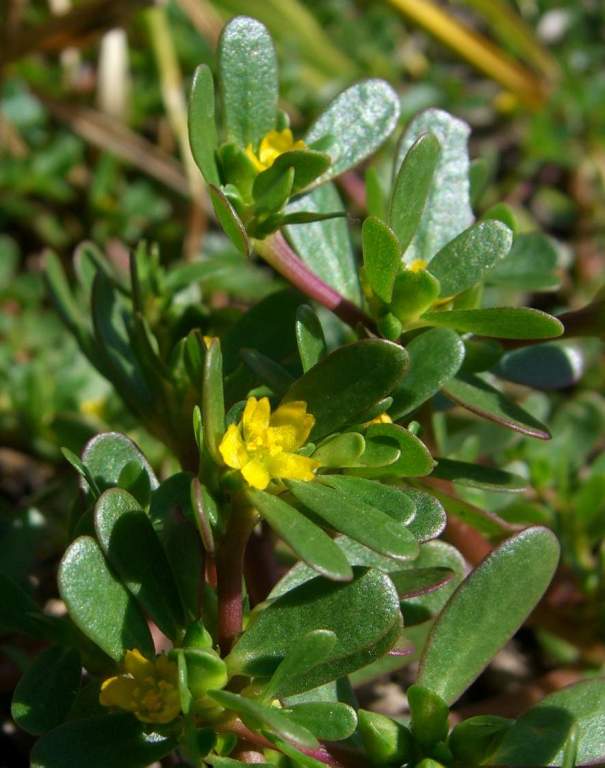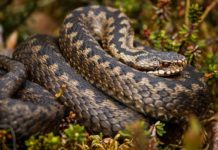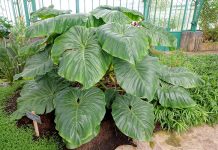Description: The purslane plant (Portulaca oleracea) is a very common weed in moist, sandy soils. However, French gardeners have developed specific varieties for salads. It is also known as parsley or little hogweed.
According to scientists, Native Americans had already eaten the plant, and their seeds spread to other tribes. Currently, it is unknown how it reached the United States. From an archaeological context, seeds have been retrieved from protogeometric layers found in Kastanas as well as from the Samian Heraion dating to the 7th century BC.
In Europe, these varieties are more popular than in the United States. There are fleshy, watery stems and leaves the size of squirrel ears on this plant. It produces very small, white to pink flowers, which grow flat on the ground unless crowded. Improved varieties tend to have large leaves and grow upright compared to wild forms. It has a mild, faint flavor. Due to its succulence, it is a good addition to a mixed green salad.
Types and Varieties: The common annual forms include green purslane. Golden purslane, and Golden Large-Leaf purslane. A perennial commonly known as Cuban Winter Purslane (Claytonia foliata) grows upright, with cup-shaped leaves on a long petiole. The plant is bushy and used for salads. Although it is perennial, it cannot survive severe winters.
Soil and climatic conditions: The most suitable conditions for growing purslane are light, sandy soils with adequate drainage and lime content. Temperate climates are best for growing it. By the first frost, it is dead. Purslane has a fibrous secondary root system and can tolerate poor soil and drought. Because purslane is highly salt-tolerant, it can be cultivated anywhere chloride-based water is used for irrigation.
Cultural Practices: Seeds can be sown in rows once the ground is workable, and the plants are later thinned so they stand six inches apart in rows. There is very little fertilizer needed for them. Crops can be grown in any reasonably good soil.
Once the plants have reached a sufficient size, they can be used. In order to prevent them from self-seeding, you should remove them as soon as they begin to flower to prevent them from becoming weeds.
Purslane is also consumed as “purslanes” in Mexico and the American Southwest. It is also used for cooking a traditional Portuguese soup (sopa de beldroegas) that is topped with soaked bread, poached eggs, or goat cheese.
Thus, it is also cooked like spinach as a vegetable dish in Egypt, but not in salads. People in Kurdistan commonly make palpina soup. Moreover, seed-cakes are made from the seeds of purslane by Aboriginal Australians.

Seeds: Fruits are capsules with many seeds. Approximately 193,000 seeds can be produced by one plant. Even a soil cover of 5 mm has a negative effect on the germination of these seeds. They germinate optimally at a temperature above 25 °C; they are light germinators.
Family: It belongs to the succulent family Portulacaceae.
Height: Can reach 16 inches tall.
Stems & Leaves: The stems are smooth, reddish, and often prostrate, and the leaves are alternate or opposite and clustered at stem joints.
Flowers: Yellow flowers have five regular parts and measure up to 6 millimeters (1⁄4 inch) wide. In accordance with rainfall, the flowers may appear at any time of year. During sunny mornings, the flowers open singly at the center of the leaf cluster.
Distribution: There is a wide distribution of purslane, much of which is believed to be anthropogenic, extending from North Africa and Southern Europe to the Middle East, the Indian subcontinent, and Malesia and Australasia.
Read More – Gloriosa Superba – A Precious Medicinal Plant







